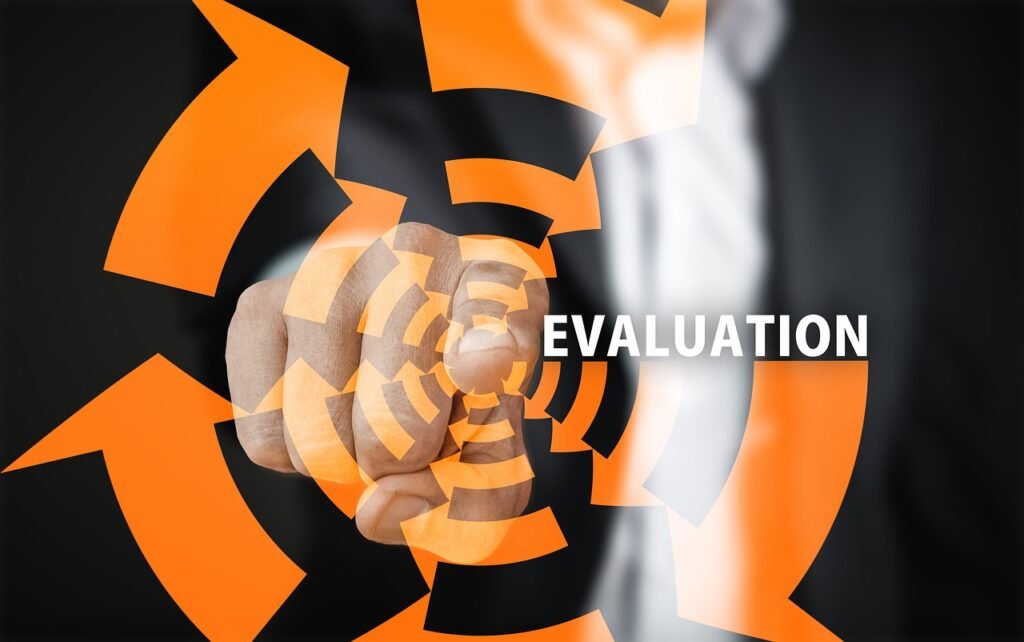In the vast arena of digital marketing, backlinks stand as crucial pillars supporting the architecture of online visibility. Their strength, however, isn’t just in their number but in the quality of their source, the donor sites.
1. Benefits of Link Promotion
Visibility Expansion: In the search engine’s eyes, backlinks serve as endorsements. A quality backlink acts as a vote of confidence, propelling your website’s standing on search engine results pages (SERPs). This visibility isn’t just about rankings. It translates into organic traffic, driving potential customers right to your digital doorstep.
The Ripple Effect: Beyond the confines of search engines, a well-placed backlink on a reputed site can redirect curious visitors. These aren’t just any visitors; they’re individuals already engaged with content resonating with your niche.
Branding Beacon: There’s a subtlety to backlinks. Each one isn’t just a pathway but a nod of approval, a subtle boost to your brand’s authority. Over time, as more authoritative sites link to yours, you’re positioned not just as a player but a leader in your domain.
2. How to Evaluate a Donor Site

The value of a backlink is deeply intertwined with the reputation of its donor site. Identifying a good donor site isn’t just about surface metrics; it demands a comprehensive investigation that evaluates multiple facets. Here’s a more detailed exploration:
Traffic Vitality: A site’s traffic can reveal volumes about its relevance and popularity. Websites with high and consistent traffic are likely to have loyal audiences, indicating that they offer value. For instance, a site with an average monthly traffic of 100,000 visitors is undoubtedly more influential than one with only 1,000. Tools like a visitor checker can be pivotal in uncovering these numbers, and further, understanding the demographics and behavior of these visitors can hint at audience engagement levels.
Content Depth and Quality: Quality content is more than just well-written articles. Does the website provide in-depth, long-form articles that cover topics comprehensively? Google’s algorithm has been known to favor content that offers detailed insights. For instance, articles that exceed 1,200 words, utilize reputable sources, and contain a mix of visual content like images or videos often rank higher. Regular content updates and the presence of evergreen content can also indicate a commitment to delivering consistent value.
Niche Relevance: A site’s relevance to your domain is more significant than one might initially think. For instance, a backlink from a leading health magazine will be more beneficial for a nutritional supplements site than a link from a renowned tech blog. This is because search engines not only look at the quality of the link but its contextual relevance. It reinforces the idea that industry peers recognize your content’s value.
Domain Authority (DA): DA, a metric developed by Moz, has become an industry standard for evaluating a website’s ranking potential. It’s calculated based on numerous factors, including linking root domains and the number of total links. A site with a DA of 70 and above is generally considered top-tier, with a significant ability to influence search rankings.
User Experience (UX): UX goes beyond aesthetic appeal. Google’s Page Experience Update, emphasizes the importance of good UX in ranking. This means sites with faster load times, mobile optimization, and secure browsing features are not only better for users but are now SEO essentials. When evaluating a donor site, experiencing it as a user can shed light on its UX quality. Broken links, cumbersome navigation, or intrusive pop-ups can be indicators of poor maintenance.
3. Ways to Verify Donors

Digital Health Check-ups: Just as periodic health assessments reveal our wellbeing, websites too have markers of their ‘health’. Platforms such as SEMrush or Ahrefs provide valuable insights into a site’s SEO metrics. One of the red flags to watch for is Google penalties. A website slapped with a penalty may have indulged in malpractices, such as selling links or using spammy content. Knowing a site’s penalty history can safeguard your site from becoming inadvertently associated with black-hat SEO practices.
Backlink Profile Examination: The backlink profile of a website can act as a window into its digital relationships and reputation. A site with a diverse backlink profile, drawing links from various authoritative and relevant domains, is often a good sign. Conversely, if a site’s backlinks largely stem from unrelated or low-quality websites, this could indicate an artificial or low-quality backlink strategy. Tools such as Majestic and Moz’s Link Explorer can be invaluable in dissecting a site’s backlink pedigree.
Indexation Status: A straightforward yet often overlooked factor is whether the website is indexed by search engines. If a site is not indexed, it suggests that search engines have deemed its content unworthy or suspicious. A simple search query using the “site:” operator followed by the domain name (for example, “site:example.com”) can show if the website appears in search results.
Content Authenticity: Plagiarism is a bane in the digital realm. Beyond ethical implications, duplicated content can severely harm a website’s SEO value. Before forging a backlink relationship, it’s prudent to run random sections of the donor site’s content through plagiarism checkers such as Copyscape or Grammarly. Original content is not just a sign of authenticity but also indicative of a website that prioritizes quality.
Audience Interaction: This goes beyond mere traffic numbers. Engaging with the website as an audience member can provide valuable insights. Factors such as the frequency and quality of user comments, social media shares, and even the tone of audience interactions can provide a nuanced understanding of the site’s credibility and the value it offers to its audience.
4. Search for Donors with a Good Reputation

Reputation is the silent ambassador of quality. To gauge a donor site’s standing:
User Testimonials: Genuine user feedback, testimonials, or reviews can offer unfiltered insights into a site’s credibility.
Historical Consistency: Delve into the web archives. Has the site been consistent in its presence and content delivery? Longevity, combined with consistency, adds weight to reputation.
Recognition and Features: Has the website been mentioned, featured, or recognized by industry leaders or reputed platforms? Such mentions act as badges of honor, reinforcing credibility.
5. Which Donors to Avoid
In the quest for backlinks, there are treacherous terrains to avoid:
Link Farms: These are digital wastelands, created with the sole intent of churning out backlinks. They offer no real value and are often penalized by search engines.
Over-Optimized Wannabes: Some sites try too hard. If every other sentence on a site is stuffed with keywords, it’s a clear sign that it prioritizes search engines over real users.
The Clone Wars: Originality is rare, but invaluable. Websites that indulge in content duplication, either internally or from other sites, should be sidestepped.
6. How Often to Buy Links
It’s a marathon, not a sprint. Rapid, unnatural spikes in backlinks can raise red flags for search engines. Instead of a bulk acquisition, a gradual, consistent approach is advised. This not only appears organic but also aligns with a natural growth trajectory, ensuring your site’s SEO strategy remains sustainable in the long run.
Conclusion
The digital journey is filled with opportunities and pitfalls. While backlinks stand as powerful allies in propelling a website’s visibility and credibility, their true power lies in their source. By choosing donor sites with care, discernment, and strategic insight, one ensures that each backlink acts not just as a connection but as a solid bridge to digital success.















